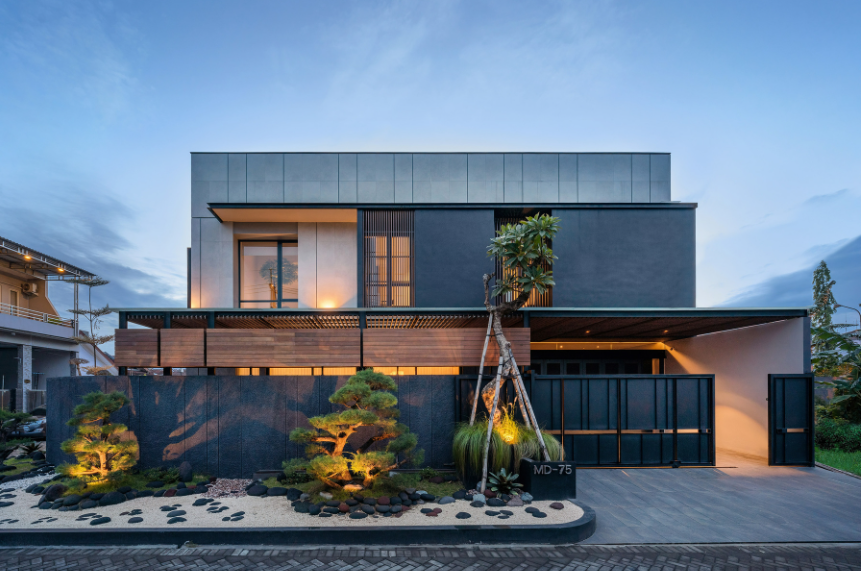
When building or renovating a home, the concept of architectural home design plays a crucial role in creating a space that is not only functional but also visually appealing. A well-executed design enhances the overall aesthetic, flow, and usability of a home. Whether you’re looking to build a new property or redesign an existing one, understanding the principles of architectural home design is key to making informed decisions.
What is Architectural Home Design?
Architectural home design refers to the process of planning and creating the layout, structure, and appearance of a house. It involves the integration of various elements such as space planning, functionality, aesthetics, and environmental considerations. This type of design encompasses everything from the exterior façade and roofing to the interior layout and furnishings.
A well-thought-out architectural design also considers the surrounding environment and local climate. For instance, homes in coastal areas might incorporate features that protect against saltwater exposure, while homes in colder regions may include designs that maximise heat retention.
The Role of an Architect
Architects are essential in bringing architectural home design to life. They combine creativity with technical knowledge to ensure that the design is not only beautiful but also structurally sound and compliant with local building codes. Architects also collaborate with builders, engineers, and other professionals to ensure that every detail is executed as planned.
For those looking to build a home in New Zealand, there are many skilled architectural home builders in Christchurch who specialise in turning innovative designs into reality. They are experienced in working with various styles and materials, ensuring that each project is customised to meet the unique needs of the homeowner.
Key Elements of Architectural Home Design
- Functionality and Flow: One of the most important aspects of home design is creating a space that works well for the people living in it. This includes considering the layout, room sizes, and how each area connects to the others. The design should allow for smooth transitions and easy movement between spaces.
- Aesthetic Appeal: The visual style of the home should reflect the homeowner’s personality and preferences. Whether you prefer modern minimalism, rustic charm, or traditional elegance, architectural design can help bring that vision to life.
- Sustainability: More homeowners are choosing sustainable designs that incorporate energy-efficient materials, natural lighting, and eco-friendly technologies. This not only reduces environmental impact but also lowers long-term living costs.
Conclusion
In conclusion, architectural home design is about more than just creating a place to live; it’s about creating a space that enhances your quality of life. With careful planning and the right expertise, you can design a home that is both functional and beautiful, perfectly suited to your needs and style.
